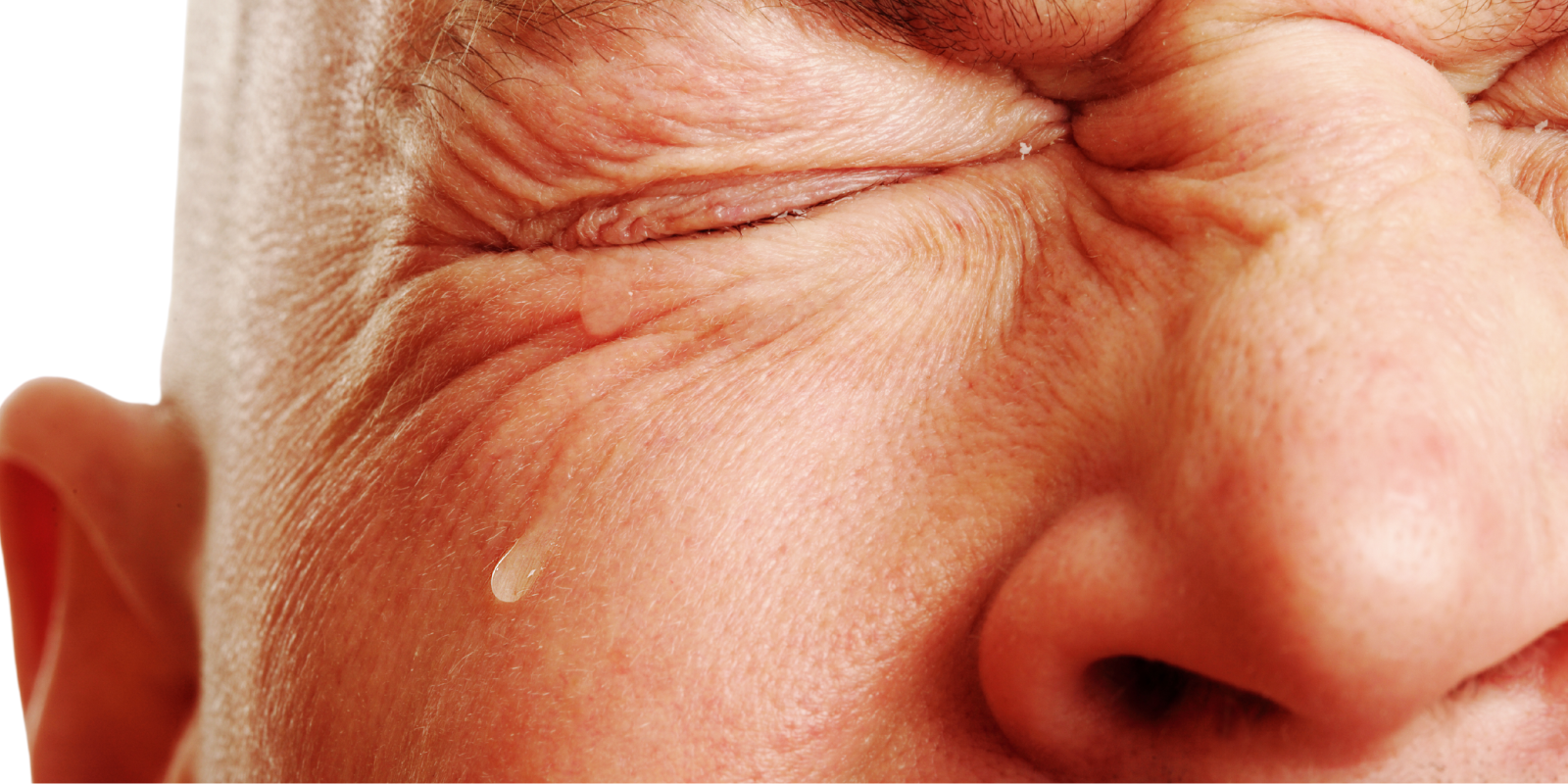There are several reasons why your eyes may be filling with tears: being overwhelmed with joy, missing a loved one, cutting into an onion, and even ocular dryness.
Tears are what keep the eyes lubricated and protect the cornea, explains optometrist Shawna Vanderhoof, OD, instructor of ophthalmology at the University of Colorado School of Medicine. But not all tears are the same or have the same contents.
“There are three types of tears, and each serve a different function and purpose for the eye and body,” she says.
Basal tears are present all the time and work to lubricate the cornea and wash away dirt and germs from the surface of the eye. Reflexive tears are produced when the eye is exposed to an outside irritant, like pollen or the chemical reaction that results from cutting into an onion.
The third kind of tears are emotional and produced when a person feels a strong emotion. In addition to other ingredients, these tears contain extra proteins and hormones, especially those associated with stress. This is why you may feel a sense of relief after crying.
Vanderhoof explains what makes these tears different from each other and how their mechanisms are important for eye health.




